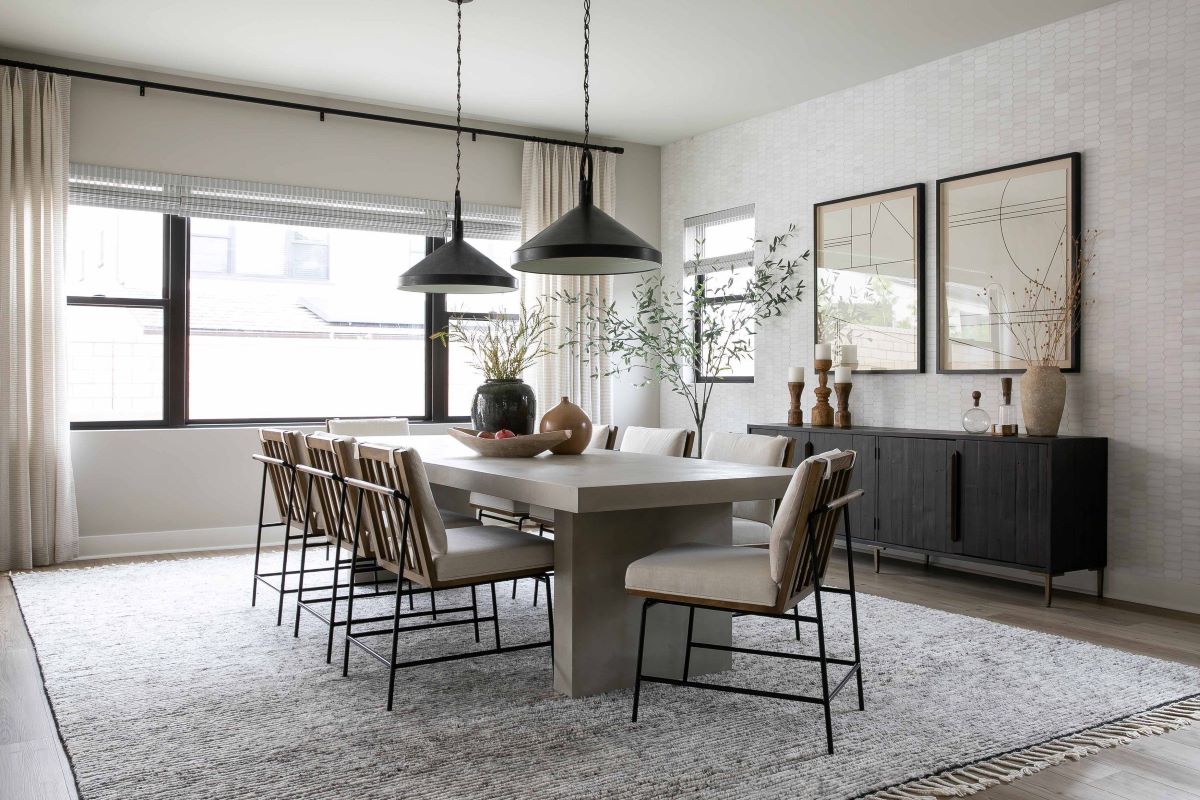

Articles
How To Decorate Dining Room Sideboard
Modified: May 6, 2024
Discover practical articles and expert tips on how to beautifully decorate your dining room sideboard for a stunning focal point. Enhance your space with these creative ideas!
(Many of the links in this article redirect to a specific reviewed product. Your purchase of these products through affiliate links helps to generate commission for Storables.com, at no extra cost. Learn more)
Introduction
A dining room sideboard is not only a functional piece of furniture but also an opportunity to showcase your personal style and enhance the overall aesthetic of the space. Whether you have a traditional, modern, or eclectic dining room, a well-decorated sideboard can add depth, character, and visual interest to the room.
In this article, we will explore various aspects of decorating a dining room sideboard to help you create a cohesive and visually appealing display. From choosing the right sideboard to selecting the perfect decorative pieces and arranging them in an artful manner, we will provide you with valuable tips and ideas to elevate the ambiance of your dining area.
So, if you’re ready to transform your dining room sideboard into a captivating focal point, let’s dive into the world of interior design and learn the art of decorating!
Key Takeaways:
- Elevate your dining room with a carefully chosen sideboard that complements your style and provides functional storage. Create a visually captivating display by incorporating decor, lighting, and maintenance for a stunning focal point.
- Transform your dining room sideboard into a stylish centerpiece that reflects your personal taste. Consider the placement, decor selection, and maintenance to create a cohesive and visually appealing display that enhances your dining experience.
Read more: How To Decorate A Sideboard In A Living Room
Choosing the Right Sideboard
The first step in decorating your dining room sideboard is selecting the right piece of furniture that suits your space and style. Here are a few key factors to consider:
- Size and Proportion: Measure the available space in your dining room to determine the appropriate size of the sideboard. Consider the height, width, and depth to ensure it fits comfortably without overpowering the rest of the furniture.
- Style and Design: Choose a sideboard that complements the overall style of your dining room. Whether you prefer a sleek and modern design, a rustic farmhouse aesthetic, or a traditional and ornate look, there are various options available to suit your taste.
- Storage Capacity: Assess your storage needs and consider the number of drawers, shelves, and cabinets required. A sideboard with ample storage space will not only keep your dining essentials organized but also provide additional functionality.
- Material and Finish: Decide on the material and finish that align with your personal preference and the existing decor in your dining room. Common options include wood (such as oak, walnut, or mahogany), metal, glass, or a combination of materials.
- Budget: Set a budget range before you start shopping for a sideboard. This will help you narrow down your options and find a piece that meets your requirements without breaking the bank.
By considering these factors, you can choose a sideboard that harmonizes with your dining room and serves as a solid foundation for your decorative efforts.
Determining the Placement
Once you’ve selected the perfect sideboard for your dining room, the next step is to determine the ideal placement. Here are some considerations to keep in mind:
- Wall Clearance: Leave enough space between the sideboard and the wall to ensure easy movement around the room. Aim for a clearance of at least 36 inches to maintain a comfortable flow.
- Proximity to the Dining Table: Position the sideboard near the dining table, preferably on a parallel wall. This will create a cohesive and balanced look while also making it convenient for serving and accessing items during meals.
- Room Layout: Take into account the overall layout of your dining room. Consider the placement of other furniture, windows, doors, and any architectural features that may impact the arrangement of the sideboard.
- Lighting: Ensure that the sideboard is placed in an area that receives ample natural or artificial light. Good lighting will enhance the display of your decorative items and create an inviting ambiance in the dining room.
- Functional Considerations: If your sideboard doubles as a serving station during meals or a bar area, make sure it is conveniently located near the dining table. Consider the flow of activities and how the placement of the sideboard can facilitate ease of use.
By carefully considering these factors, you can determine the optimal placement for your dining room sideboard. This will ensure that it not only blends seamlessly with the overall design but also enhances the functionality and aesthetic appeal of the space.
Considering the Style
When it comes to decorating your dining room sideboard, it’s important to consider the overall style and theme of your dining room. By staying consistent with the existing decor, you can create a cohesive and visually appealing space. Here are some tips to consider:
- Match or Complement: Choose decorative pieces that either match the style of your dining room or complement it. For example, if you have a contemporary dining room, opt for sleek and minimalist decor. If your dining room has a more traditional or rustic feel, consider adding ornate or natural elements.
- Colors and Textures: Pay attention to the colors and textures in your dining room and incorporate them into your sideboard decor. This will tie the entire space together and create a harmonious look. For a cohesive feel, use similar or complementary colors to the rest of the room’s palette.
- Evoke a Mood: Consider the mood you want to create in your dining room and choose decor pieces that help achieve that ambiance. For a cozy and intimate atmosphere, incorporate soft lighting, candles, and plush textiles. If you want a more vibrant and energetic feel, opt for bold colors and eye-catching accessories.
- Mix and Match: Don’t be afraid to mix different styles and genres to create an eclectic and personalized look. Incorporate elements that reflect your personality and interests, whether it’s a vintage piece, a quirky sculpture, or an artwork that speaks to you. This will add character and uniqueness to your sideboard display.
- Balance and Proportion: Consider the size, shape, and arrangement of your decor items to achieve a balanced and proportionate look. Create visual interest by varying the heights and sizes of objects, using symmetry or asymmetry depending on your desired aesthetic.
By considering the style of your dining room and incorporating decor that aligns with it, you can create a visually cohesive and pleasing display on your sideboard. This will enhance the overall ambiance of your dining area and make it a welcoming space for meals and gatherings.
Selecting Decorative Pieces
When it comes to decorating your dining room sideboard, carefully selecting the right decorative pieces will help create a visually captivating display. Here are some ideas to consider:
- Vases and Flowers: Add a touch of freshness and elegance to your sideboard by incorporating vases filled with fresh flowers or greenery. Choose blooms that complement the color scheme or style of your dining room, and vary the heights and sizes of the vases for visual interest.
- Artwork and Mirrors: Hang artwork or mirrors above the sideboard to create a focal point and visually expand the space. Choose pieces that resonate with your style and are proportionate to the size of the sideboard and the wall. Consider arranging a gallery wall or showcasing a large statement artwork for added impact.
- Candles and Candleholders: Create a warm and inviting atmosphere by placing candles or candleholders on your sideboard. Opt for scented candles to add a pleasant aroma to your dining area, and choose candleholders in materials that complement your decor style.
- Tableware and Serveware: Display a collection of stylish tableware and serveware on your sideboard. This can include decorative plates, bowls, glasses, or even a set of unique serving utensils. Arrange them in an organized and aesthetic manner, considering color coordination and the overall visual balance.
- Trays and Decorative Objects: Incorporate decorative trays to corral smaller items and create a focal point on your sideboard. Place curated groupings of decorative objects such as figurines, sculptures, or small plants on these trays. Mix and match textures, shapes, and heights for a visually appealing arrangement.
Remember to choose decorative pieces that not only reflect your personal style but also complement the overall theme of your dining room. Don’t be afraid to experiment and mix different elements to create a dynamic and visually interesting display on your sideboard.
When decorating a dining room sideboard, use a mix of functional and decorative items such as a statement mirror, a collection of candles or vases, and a few practical items like a tray for serving. This will create a balanced and visually appealing display.
Read more: What Is A Sideboard In Dining Room?
Arranging Decor on the Sideboard
Once you have selected the decorative pieces for your dining room sideboard, it’s time to arrange them in a visually pleasing and balanced way. Here are some tips to help you create an appealing display:
- Start with a Focal Point: Choose one or two items to serve as the focal point of your sideboard display. This could be a large piece of artwork, a stunning vase of flowers, or an eye-catching decorative object. Place these items slightly off-center to create visual interest.
- Create Height Variation: Vary the heights of your decor items to create depth and dimension. Use stacked books, candlesticks, or pedestals to elevate some pieces. This will prevent your display from looking flat and add visual appeal.
- Group Items in Odd Numbers: When arranging smaller decor items, group them in odd numbers (e.g., three or five). Odd-numbered groupings are visually pleasing and create a sense of balance and harmony.
- Consider Proportions: Pay attention to the proportions and scale of your sideboard and the decor items. Ensure that neither the sideboard nor the decor overwhelms or underwhelms the space. Adjust the placement and size of the items accordingly.
- Space Out Similar Items: If you have several similar items, such as a collection of vases or a set of figurines, space them out evenly along the length of the sideboard. This helps distribute visual weight and maintains a balanced look.
- Use Layering and Stacking: Experiment with layering and stacking items to add depth and interest. Place a decorative tray or a stack of books as a base and arrange smaller items on top of them. This creates visual layers and adds dimension to your display.
Remember to step back and assess your arrangement from different angles to ensure a visually balanced look. Don’t be afraid to make adjustments and try different configurations until you achieve the desired result.
Lastly, keep in mind that arranging decor on your sideboard is not permanent. As your tastes and style preferences evolve, feel free to switch things up and refresh the display to keep it interesting and reflect your current aesthetic.
Adding Lighting Elements
Proper lighting can greatly enhance the visual appeal of your dining room sideboard display. By strategically incorporating lighting elements, you can create a warm and inviting ambiance. Here are some ideas to consider:
- Table Lamps: Place a pair of table lamps on either end of the sideboard. Choose lamps that complement the style of your dining room and provide the right amount of illumination. Opt for warm, soft lighting to create a cozy atmosphere during meals or evening gatherings.
- String Lights: Add a touch of whimsy and ambiance by draping string lights across the top of your sideboard or around a mirror hung above it. Choose fairy lights or Edison bulbs to create a warm and inviting glow.
- LED Light Strips: For a modern and sleek look, consider using LED light strips underneath the sideboard’s shelves or behind decorative objects. This indirect lighting can create a dramatic effect and highlight the items on display.
- Candlelight: Create a romantic and intimate ambiance by placing a row of candles on your sideboard. Choose candleholders in various heights and styles to add visual interest. Remember to never leave candles unattended and consider using flameless LED candles for safety.
- Spotlights: Install spotlights or recessed lighting above the sideboard to accentuate specific decor items or artworks. This focused lighting creates a dramatic effect and draws attention to key elements of your display.
When adding lighting elements, it’s important to consider both functionality and aesthetics. Ensure that the lighting complements the overall ambiance of your dining room and enhances the visual impact of your sideboard decor. Carefully plan the placement of lights to avoid glare and shadows, and use dimmers to adjust the brightness level according to the occasion.
Remember to experiment with different lighting options and consider the specific mood and atmosphere you want to create in your dining room. The right lighting elements can truly transform your sideboard into a focal point and create a warm and inviting space for meals and gatherings.
Incorporating Functional Storage
In addition to being a decorative feature, your dining room sideboard can also provide valuable storage space. Incorporating functional storage solutions will help you keep your dining essentials organized while maintaining a clutter-free and visually appealing display. Here are some ideas:
- Drawers: If your sideboard has drawers, utilize them to store items such as table linens, silverware, or serving utensils. Use dividers to keep the drawers neat and organized, making it easy to find what you need.
- Cabinets and Shelves: Make use of the cabinets and shelves in your sideboard to store and display items such as dishes, glassware, or decorative pieces. Arrange them in an organized and visually pleasing manner, considering color coordination and balance.
- Baskets and Bins: Incorporate baskets or decorative boxes on the shelves or inside the cabinets to store smaller items or items that you don’t want to display openly. This allows you to keep the clutter out of sight while adding a touch of texture and style to your sideboard.
- Wine Rack or Bar Area: If you enjoy entertaining or have a collection of wines, consider a sideboard with a built-in wine rack or a designated area for a bar setup. This allows you to store and display your wine bottles, glassware, and other bar essentials in a stylish and convenient manner.
- Movable Storage: If your sideboard has open shelves or a spacious top surface, consider incorporating storage baskets or trays that can be easily moved around. This provides flexibility in organizing and rearranging your items while adding a practical touch to your sideboard display.
By incorporating functional storage options into your sideboard, you can maintain a tidy and organized dining area while also showcasing your personal style. Experiment with different storage solutions and find the configuration that best fits your needs and aesthetic preferences.
Remember to declutter your sideboard regularly and assess its functionality. Remove any items that are not frequently used, and consider donating or storing them elsewhere to maintain an efficient and visually pleasing storage system.
Final Touches and Tips for Maintenance
Now that you have decorated your dining room sideboard to perfection, it’s important to add some final touches and establish a maintenance routine to keep it looking its best. Here are some tips to consider:
- Add Greenery: Incorporate fresh or artificial greenery to add a touch of life and vibrancy to your sideboard decor. Place small potted plants or succulents amongst your decorative pieces to bring a natural element into the space.
- Change with the Seasons: Consider switching up your sideboard decor to reflect the changing seasons. Swap out floral arrangements, color schemes, and accessories to keep your display fresh and inviting throughout the year.
- Clean and Dust Regularly: Dust your sideboard regularly to prevent the buildup of dirt and debris. Use a soft microfiber cloth or a feather duster to gently remove dust from the surfaces and decorative items. Avoid using harsh chemicals that may damage the finish of your furniture.
- Protect the Surface: Use coasters or placemats when placing hot or moist items on the sideboard to protect the surface from damage. Wipe up any spills immediately to prevent staining or warping of the wood or other materials.
- Rotate Decor Pieces: Rotate or rearrange your decorative items periodically to prevent fading or uneven wear. This will ensure that all pieces receive equal attention and prolong their lifespan.
- Consider Temperature and Humidity: Maintain a stable temperature and humidity level in your dining room to prevent damage to your sideboard and the items on display. Avoid placing your sideboard near direct sunlight or in areas prone to moisture buildup.
By following these maintenance tips and adding finishing touches, you can ensure that your dining room sideboard remains a focal point in your space for years to come. Enjoy the process of decorating and maintaining your sideboard, and let it continue to reflect your personal style and enhance the overall ambiance of your dining area.
Read more: How To Decorate Sideboard
Conclusion
Decorating your dining room sideboard is an opportunity to showcase your personal style and elevate the visual appeal of your dining area. By carefully selecting the right sideboard, considering the overall style, and incorporating decorative pieces that complement the space, you can create a cohesive and visually captivating display.
Remember to pay attention to the placement of the sideboard, ensuring it fits comfortably in the room and is conveniently located near the dining table. Adequate lighting, functional storage solutions, and proper maintenance are also key factors in creating a stunning sideboard display.
From vases filled with fresh flowers to artwork, candles, and carefully arranged decor pieces, each element contributes to the overall aesthetic. Balance, proportion, and variation in height and texture are essential for an appealing arrangement.
Add final touches such as greenery and consider changing your decor with the seasons to keep your display fresh and inviting. Regular maintenance, including cleaning and protecting the surface, will ensure that your sideboard remains in pristine condition.
With the right combination of style, storage, lighting, and maintenance, your dining room sideboard will become a focal point that enhances the ambiance of your dining area and reflects your personal taste and creativity.
So, embrace the art of decorating and have fun transforming your dining room sideboard into a stylish and functional centerpiece that truly elevates your dining experience.
Now that you've got some great strategies for adorning your dining room sideboard, why stop there? Dive deeper into the art of buffet styling with our next article, which offers ten unique sideboard decor ideas. Whether you’re looking to refresh your space for a special occasion or just want to give your dining area a new twist, these tips will surely spark your creativity and help you achieve that perfect look.
Frequently Asked Questions about How To Decorate Dining Room Sideboard
Was this page helpful?
At Storables.com, we guarantee accurate and reliable information. Our content, validated by Expert Board Contributors, is crafted following stringent Editorial Policies. We're committed to providing you with well-researched, expert-backed insights for all your informational needs.
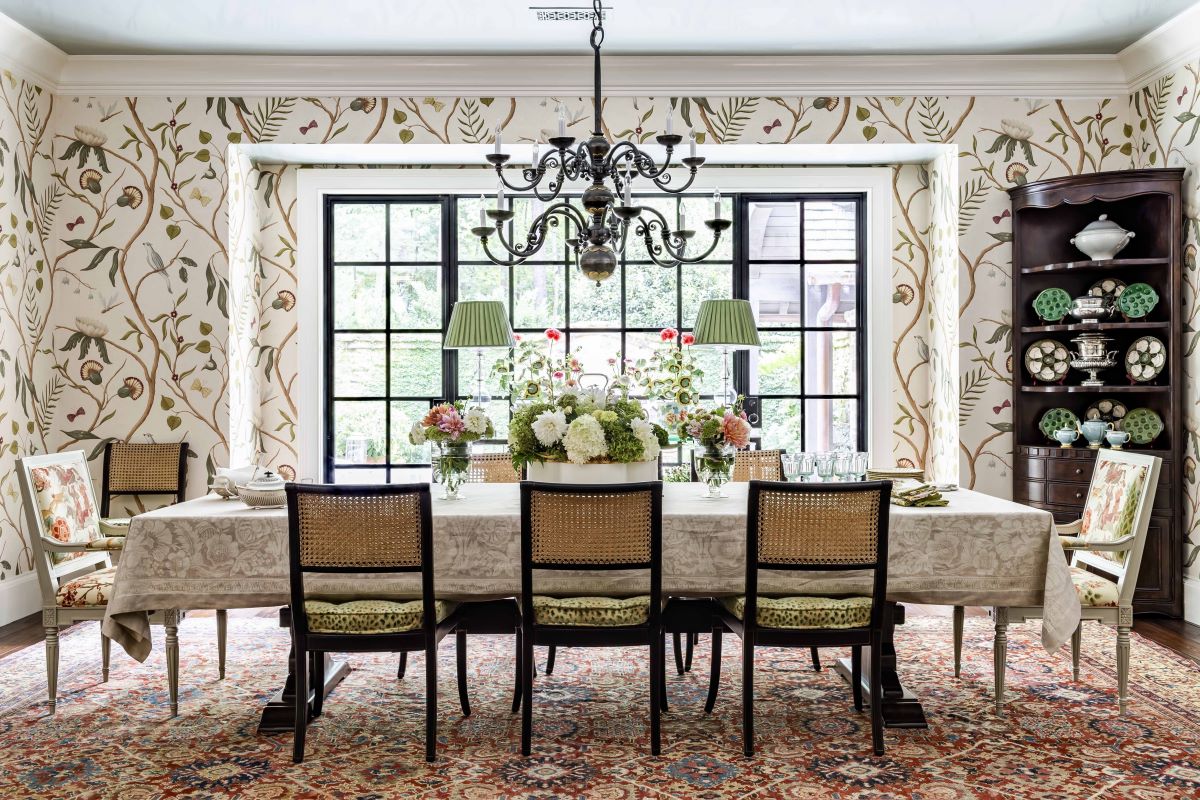
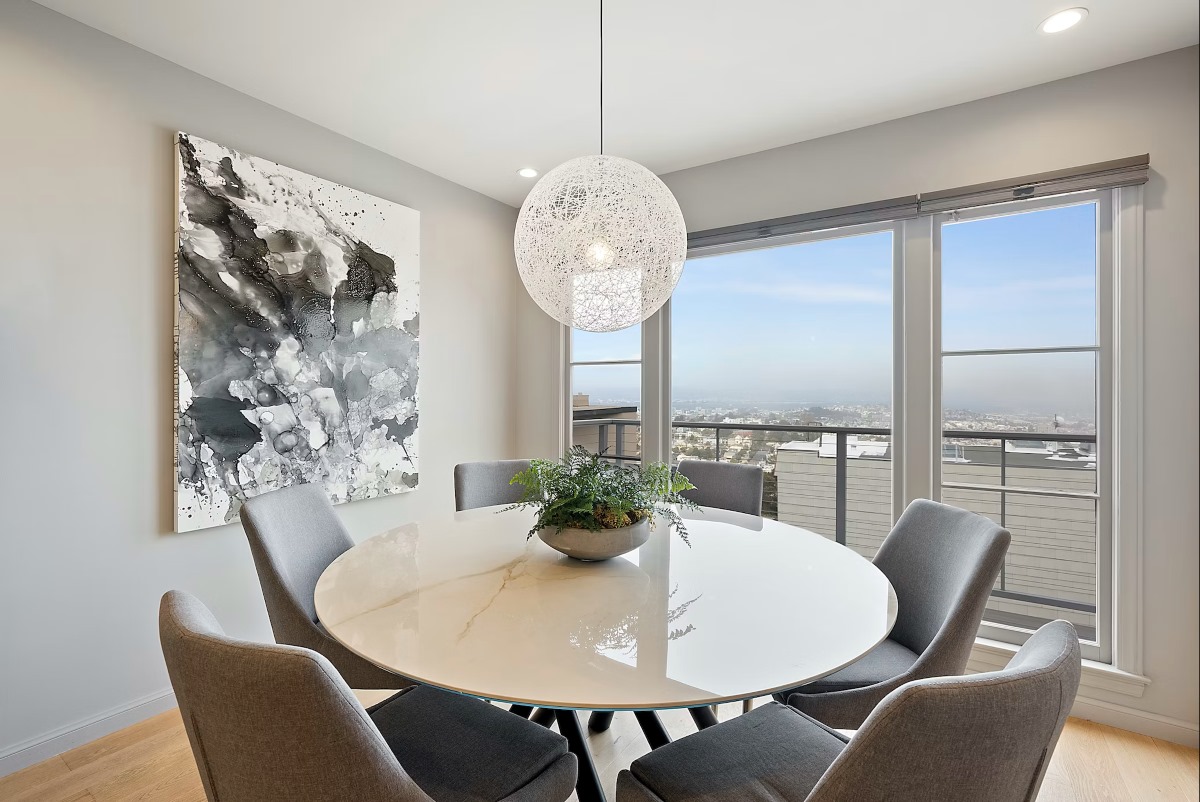

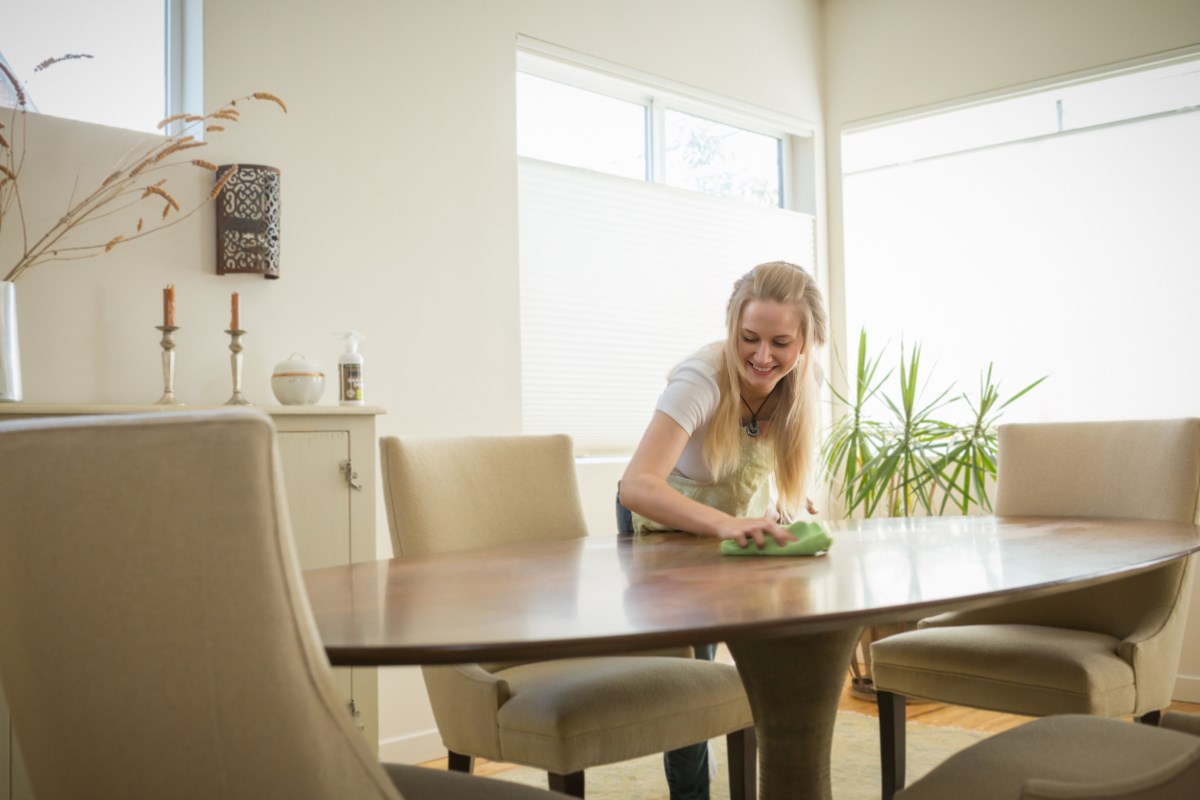
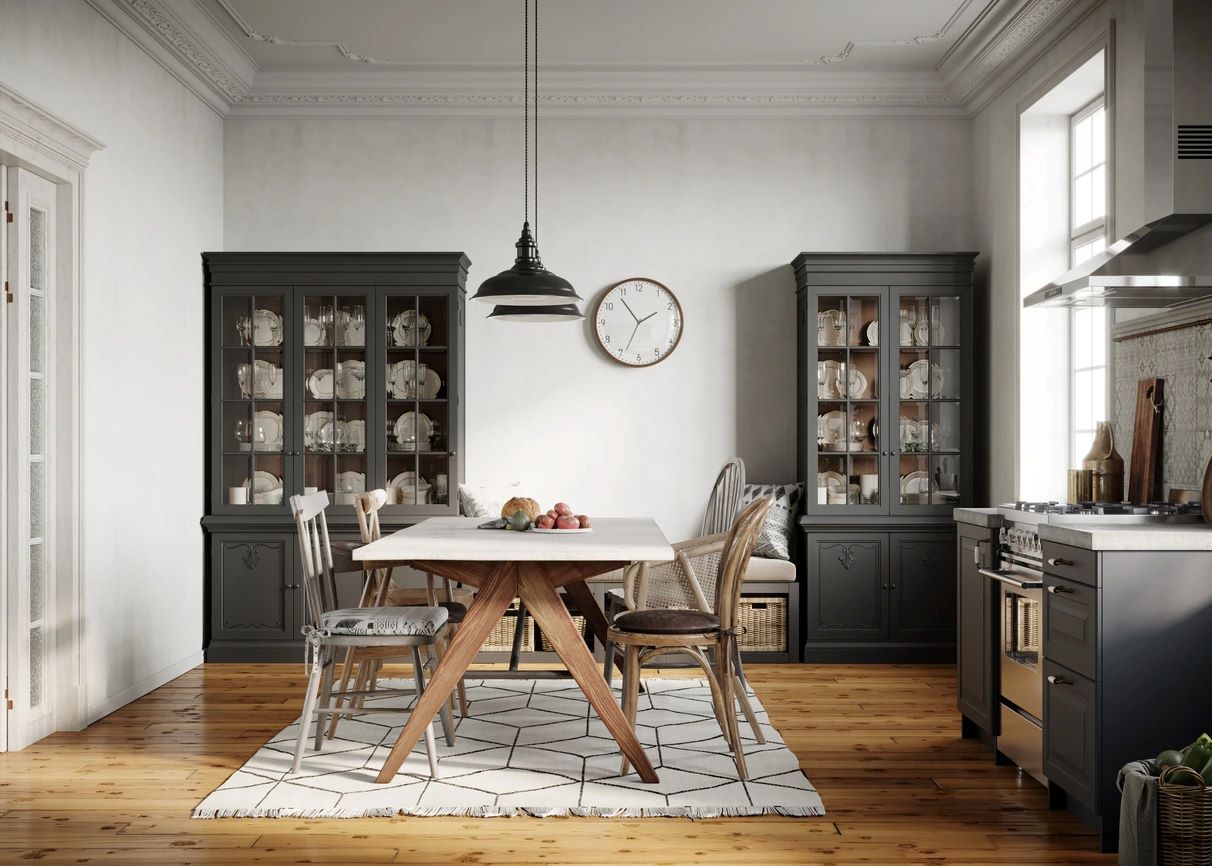
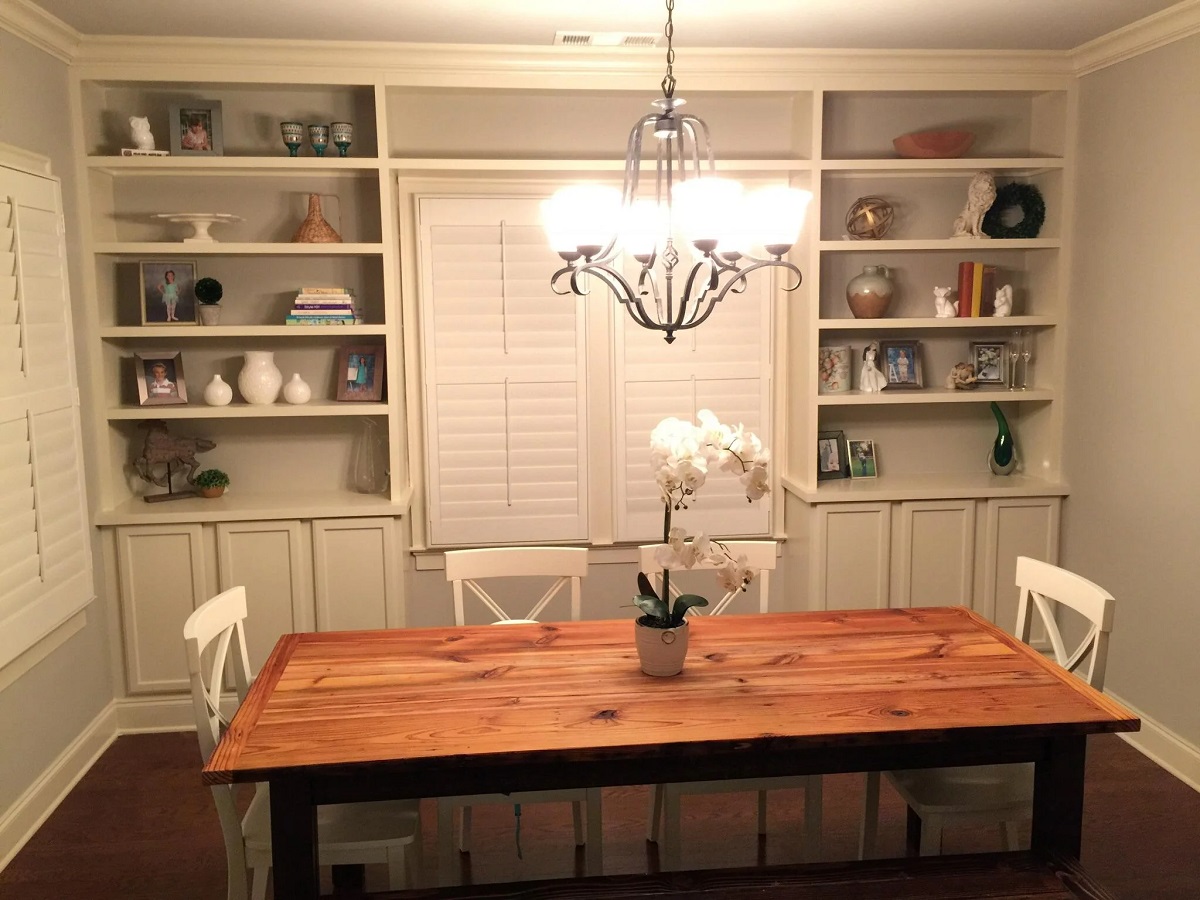
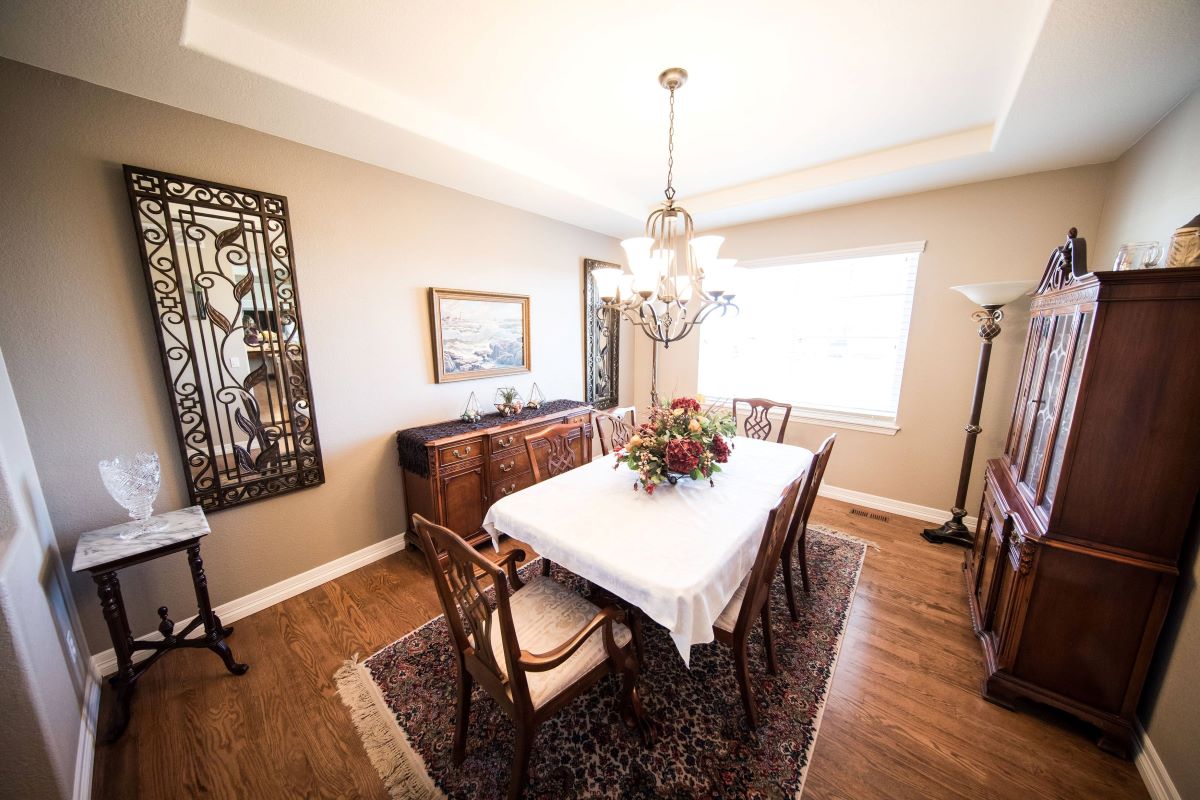
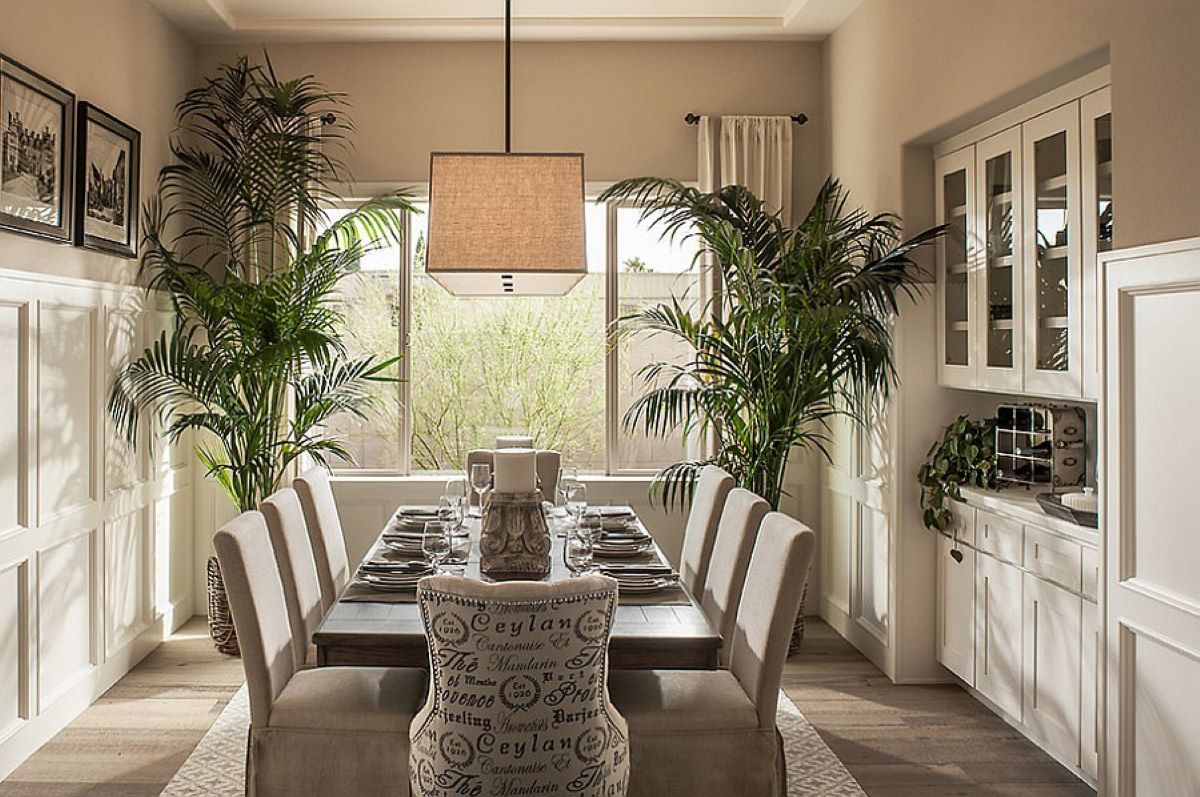
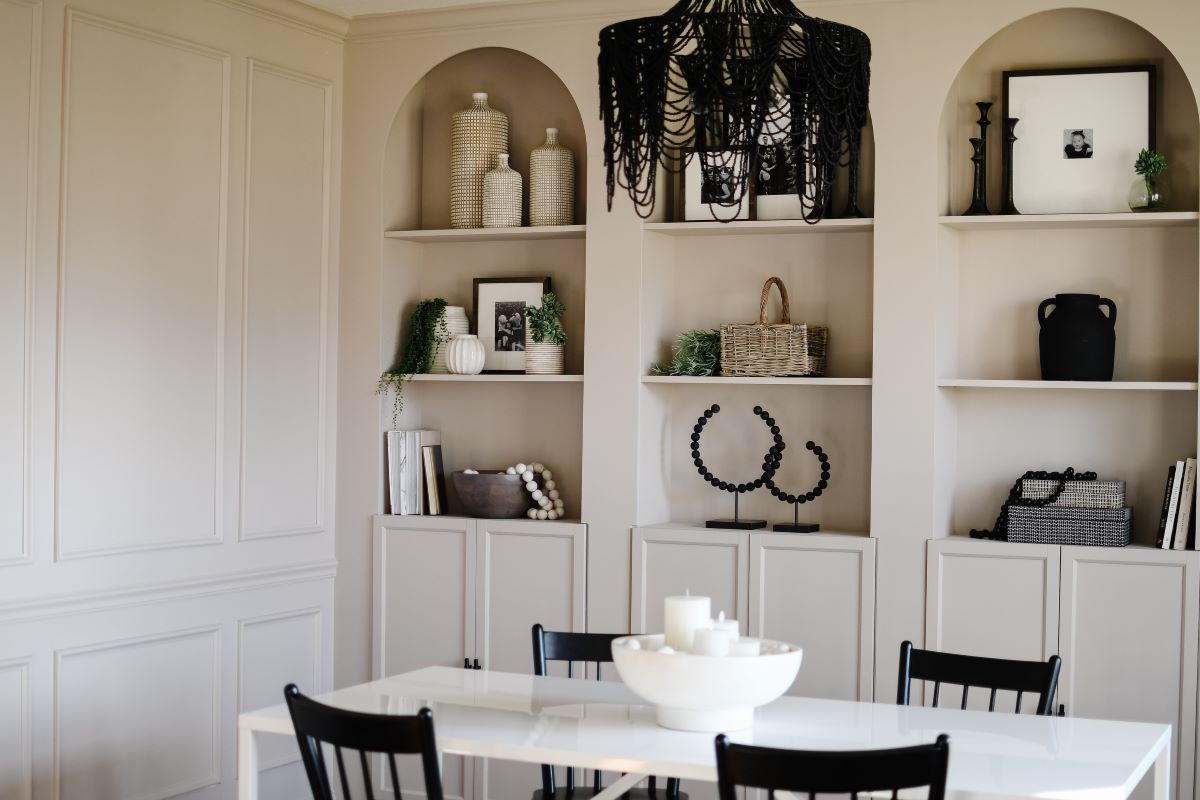
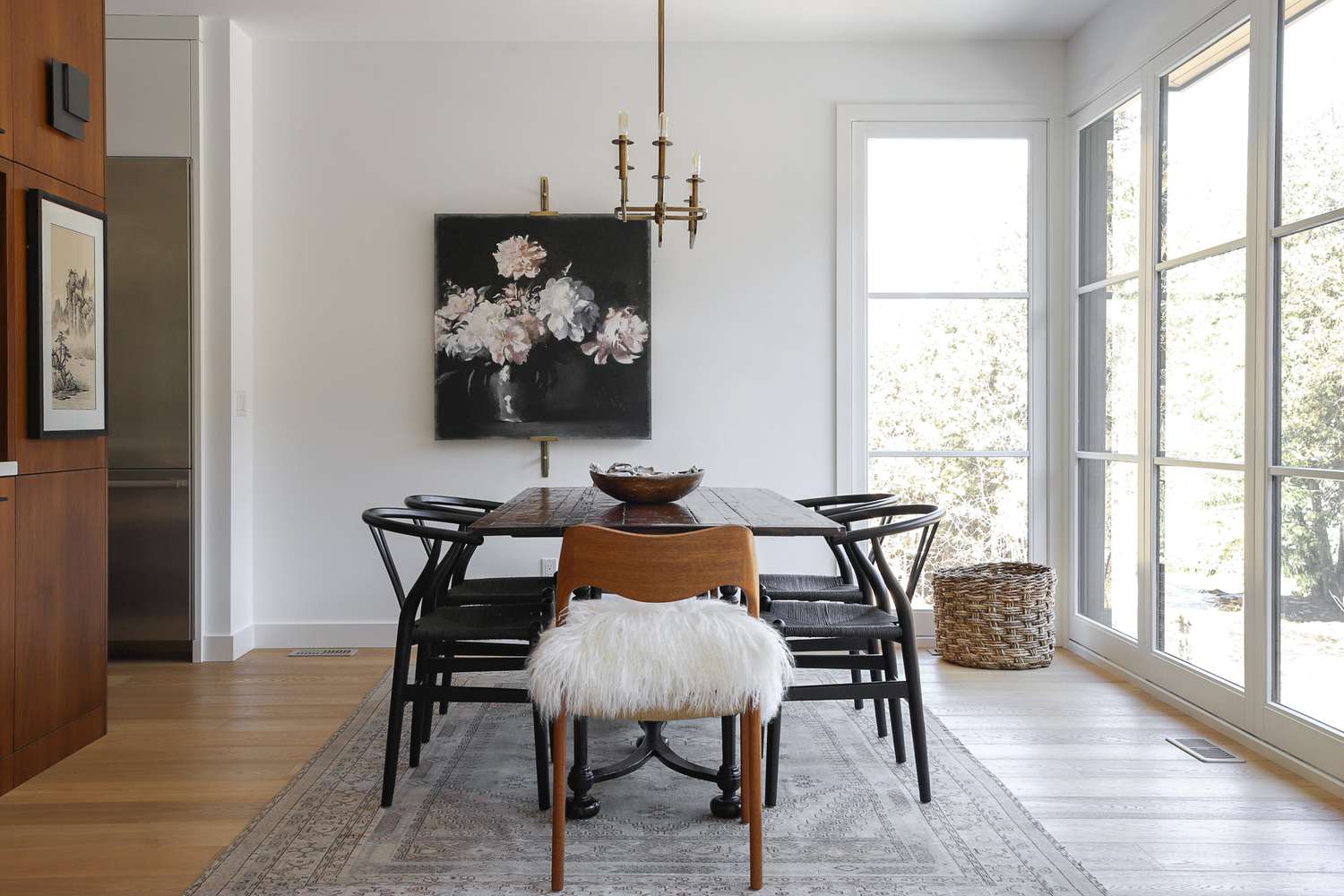
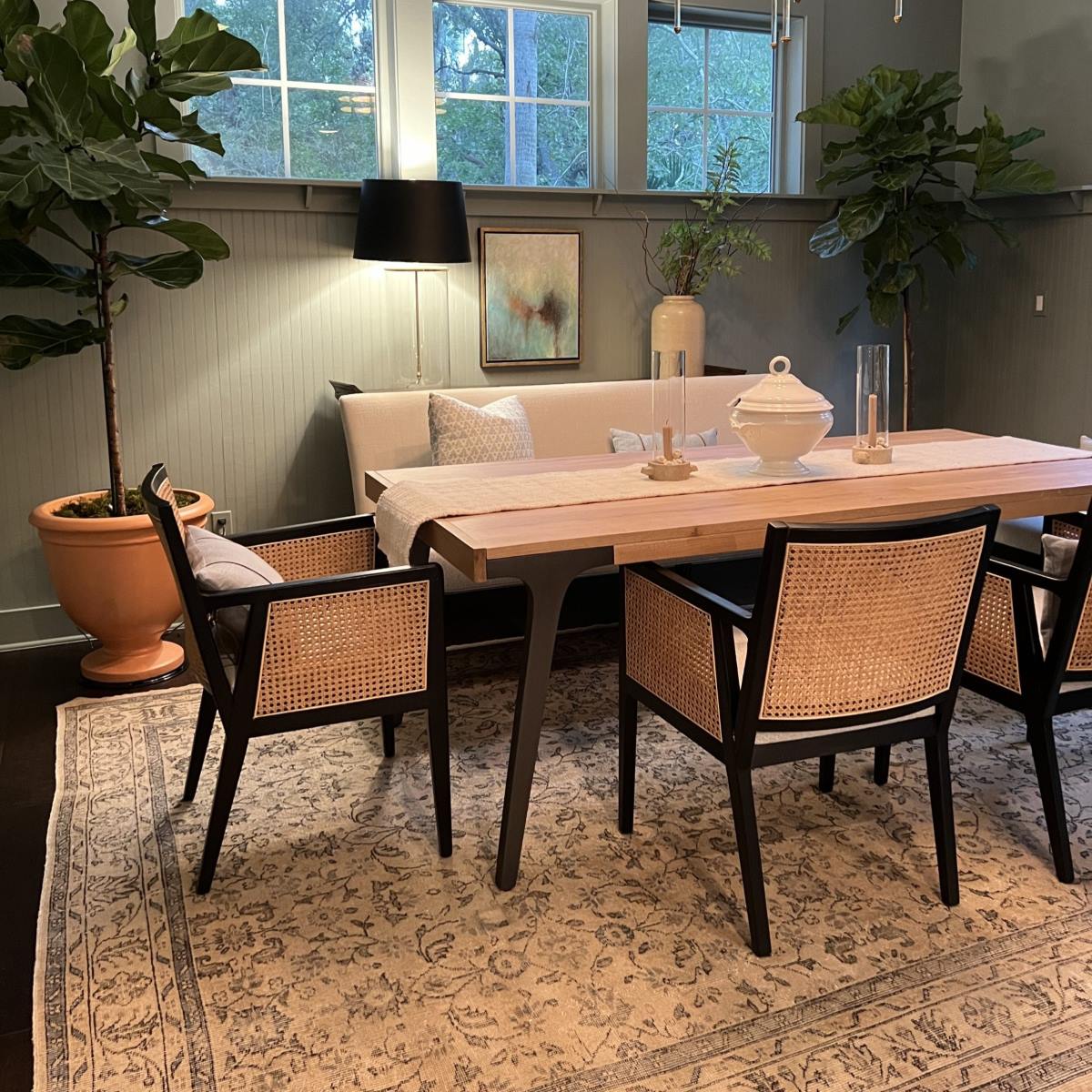
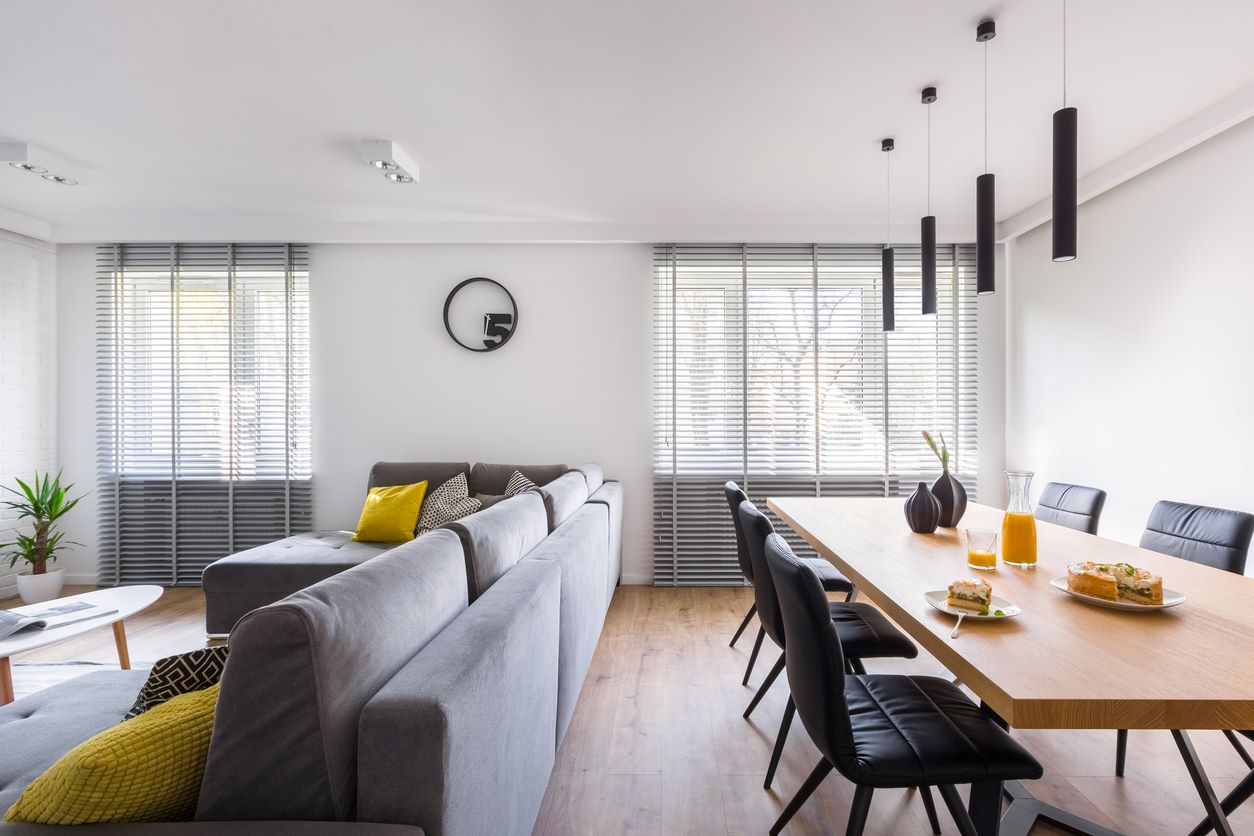
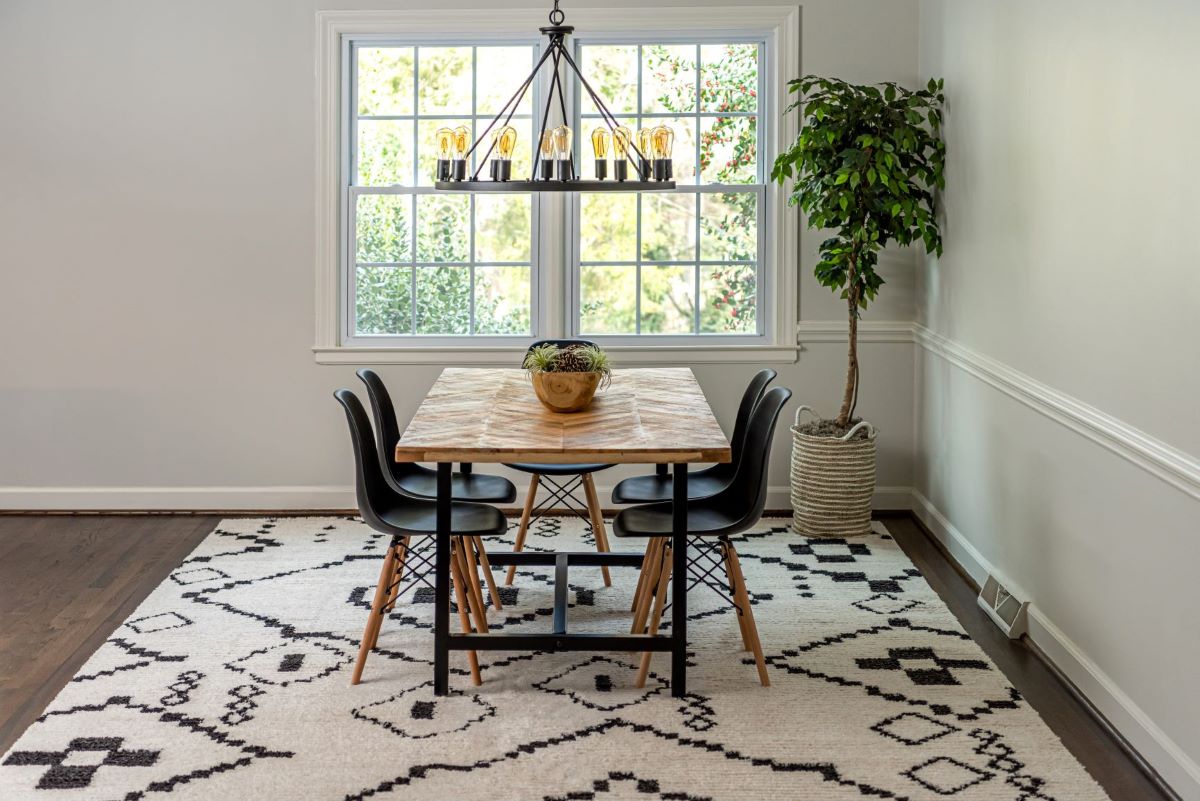

0 thoughts on “How To Decorate Dining Room Sideboard”